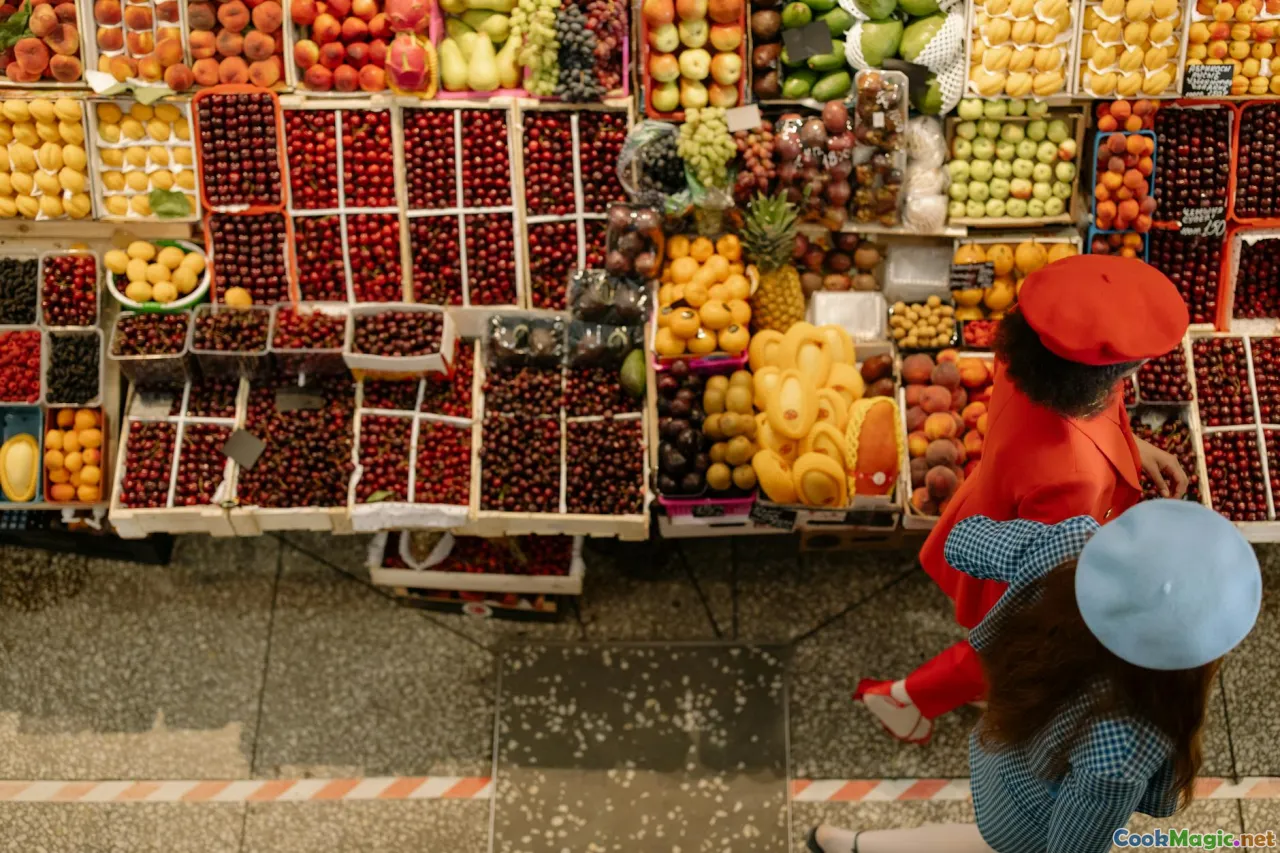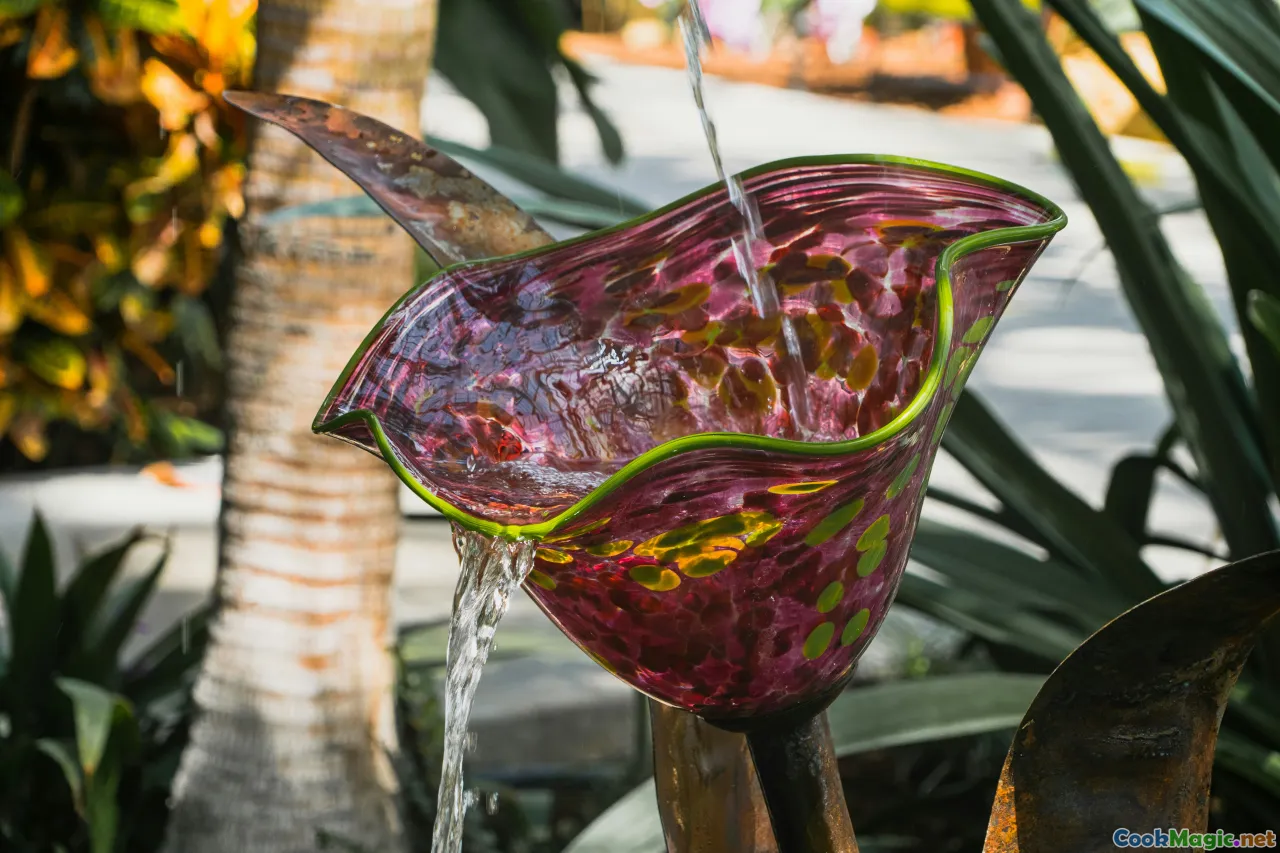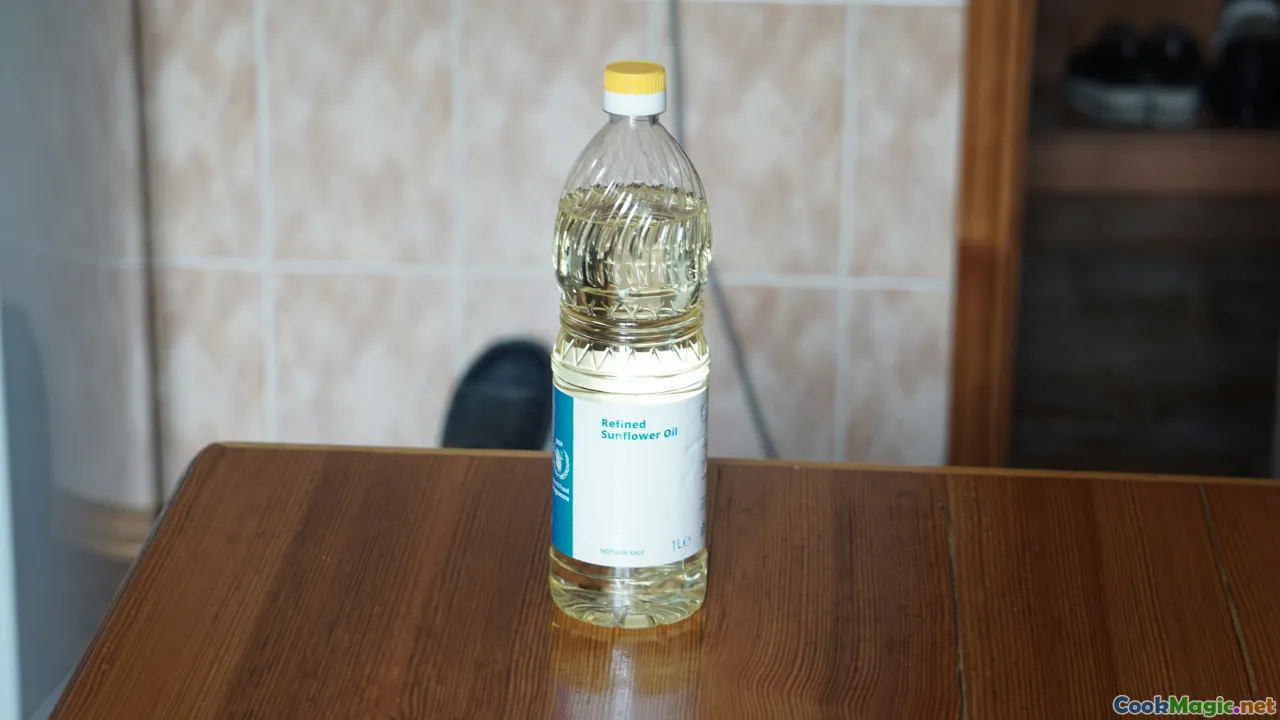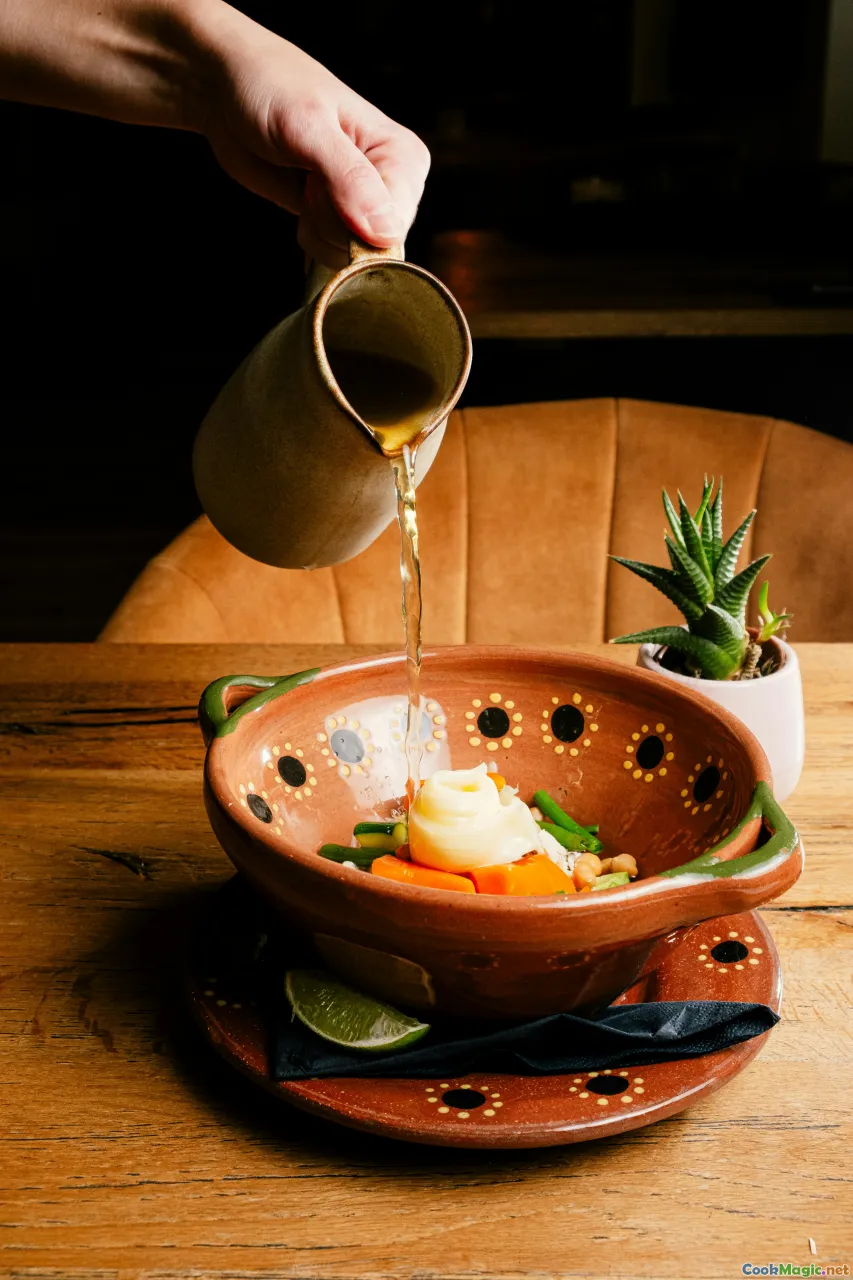Batido del Mercado Fresh Fruit Juices Demystified
10 min read Explore the vibrant world of Peruvian market batidos, unveiling traditional methods and flavor profiles of fresh fruit smoothies. July 12, 2025 00:05
Batido del Mercado: Fresh Fruit Juices Demystified
Peru, a land where the Andes cradle ancient traditions and the Pacific whispers salty secrets, is also a paradise of vibrant flavors and luscious natural produce. Among its culinary treasures, the batido del mercado—the humble yet enchanting fresh fruit juice—stands as a testament to Peru’s rich biodiversity and cultural ingenuity. From bustling markets in Lima to remote oases in the Andes, these juices are more than mere refreshments; they are poetic reflections of history, landscape, and community.
For the passionate culinary explorer, understanding the art and soul behind a Peruvian batido can transform a simple sip into a profound sensory journey. Let’s unravel the secrets, flavors, and stories behind these beverages that pulse at the heart of Peruvian culture.
The Cultural Soul of Peruvian Fresh Juices

Peruvian markets—mercados—are kaleidoscopes of color, aroma, and life. Vibrant stalls draped with papayas, lucumas, chirimoyas, and more exotic wonders like aguaymanto and lucuma make for a visual feast even before the blending begins. These markets have been central to community life for centuries, their bustling energy a mirror of Peru’s diverse ecosystem.
Traditionally, local families and vendors craft their batidos using age-old techniques, often blending the very meaning of sustenance with cultural identity. Drinking a chilled batido at a lively mercado transforms into an act of storytelling—an homage to ancestral knowledge passed across generations.
The Anatomy of a Traditional Peruvian Batido

A perfectionist’s guide to making a true Peruvian batido involves understanding its core ingredients and the techniques that preserve their purity. A typical batido combines three essential elements:
- Fresh, ripe fruit—preferably organic, harvested at peak ripeness.
- A base liquid—commonly water, milk, or sometimes yogurt.
- Sweetening agents—like sugar, honey, or indigenous ingredients such as chancaca.
But beyond these basics, regional variations flourish, incorporating local fruits, herbs, and even a splash of local liquor for adult versions.
Step-by-step Preparation
- Select and prepare your fruits: Peel, seed, and chop. For example, a lucuma will require gentle slicing to unlock its custardy flavor.
- Combine in blender: A typical proportion is about 2 cups of chopped fruit to 1 cup of liquid.
- Blend until smooth: Adjust the texture by adding more liquid or ice.
- Taste and adapt: Sweeten naturally with honey or add a hint of lime juice for tang.
- Serve promptly: Refrigerate or serve over crushed ice for a refreshing experience.
Icons like ice cubes, a blender, and a glass complement this ritual.
Exploring Iconic Peruvian Batidos

Peru’s incredible biodiversity offers a roster of signature batidos—each telling a story of a region’s flavors.
Lucuma: The Sacred Sweetness
Known as the ‘Gold of the Incas,’ lucuma (Pouteria lucuma) boasts a caramel, maple-like aroma with a velvety texture that makes for an unforgettable batido. Its earthy sweetness complements its creamy consistency, when blended with milk and a touch of cinnamon, creating a drink reminiscent of Peruvian desserts.
Aguaymanto: The Goldberry Elf
This tiny, golden berry bursts with zesty acidity, balancing the sweetness of louder fruits. Its tangy flavor invigorates smoothies, pairing remarkably well with mango or banana for a lively, uplifting refreshment.
Chirimoya: The Custard Fruit
Supple and fragrant, the chirimoya’s complex flavor—blending pineapple, banana, and apple hints—renders it perfect for a silky, tropical batido. It’s a staple in the highlands and a favorite among locals seeking comfort in a cup.
Modern Twists and Fusion

While traditional batidos honor age-old methods, contemporary Peruvian chefs and home cooks are exploring new frontiers—adding superfoods like quinoa, chia seeds, and lucuma powder to boost their nutritional punch.
Fusion ideas include:
- Coconut and passion fruit batido: echoing coastal flavors.
- Adaptogenic herbs with camu camu and maca: for health-conscious modern Peruvians.
- Sweet potato or yucca base: a nod to native roots.
These twists reflect patterns of innovation, taste adaptation, and nostalgia, honoring tradition while engaging new palates.
The Art of Serving and Freshness

Peruvian batidos are usually served in simple glass cups, often garnished with herbs such as mint or a slice of lime. Presentation enhances the sensory experience—colorful straws, flowers, or even tiny umbrellas can turn a humble beverage into a festive centerpiece.
Timing matters: freshly blended juices are at their peak—vibrant, flavorful, and full of living enzymes. Many mercados have a ritual of presenting them chilled with a splash of ice, especially in the hot coastal climate.
Food Pairings and Cultural Significance

Batidos are more than quick refreshers; they’re integral to social meals and family rituals. They accompany breakfast, serve as break-time treats, or are offered during festivals. Pair them with local specialties like picarones—sweet potato doughnuts—or anticuchos for a full flavor symphony.
In rural areas, sharing a batido often signifies community bonding—an act of hospitality rooted deeply in Peruvian tradition.
Practical Tips for Your At-Home Peruvian Batido

You don’t need a visit to the market to enjoy these vibrant drinks. Here’s how to bring a touch of Peru into your kitchen:
- Source seasonal, local organic fruits whenever possible.
- Invest in a good-quality blender capable of smooth purees.
- Experiment with native ingredients like lucuma powder or aguaymanto for authenticity.
- Adjust sweetness naturally with local honey or a touch of chancaca.
- Serve immediately to enjoy maximal freshness and flavor.
Feel free to add herbs like basil or a dash of cinnamon to create your signature twist.
The Emotional Connection: Why We Crave These Juices

Beyond their flavor, batidos evoke memories—childhood mornings in family kitchens, lively market visits, or vacations strolling through coastal plazas. These beverages are vessels of nostalgia and identity, connecting soul with soil.
For many Peruvians living abroad, preparing or sharing a batido is a powerful reminder of home—an edible hug wrapped in tropical aroma, evoking centuries of indigenous wisdom and the warmth of community.
A Toast to Peruvian Heritage, One Sip at a Time
In exploring the delightful world of batido del mercado, we gain more than recipes—we embrace a lifestyle rooted in nature, history, and shared joy. These fresh fruit juices are culinary ambassadors, carrying stories of ancestral farms, indigenous forests, and vibrant social fabric.
So go ahead: blend up your favorite native fruits, invite friends to sip and share, and let each glass become a toast to Peruvian resilience and flavor innovation. The next time your senses dance to a sweet, tangy, or creamy sip, remember—you’re partaking in a centuries-old tradition, alive and thriving in every vibrant drop.









